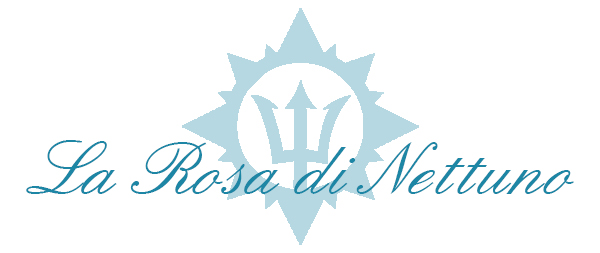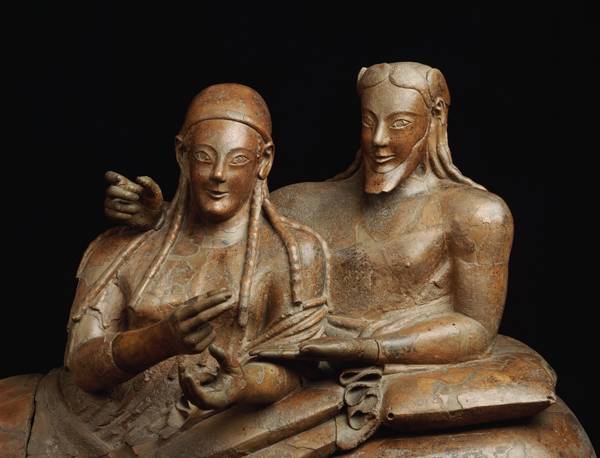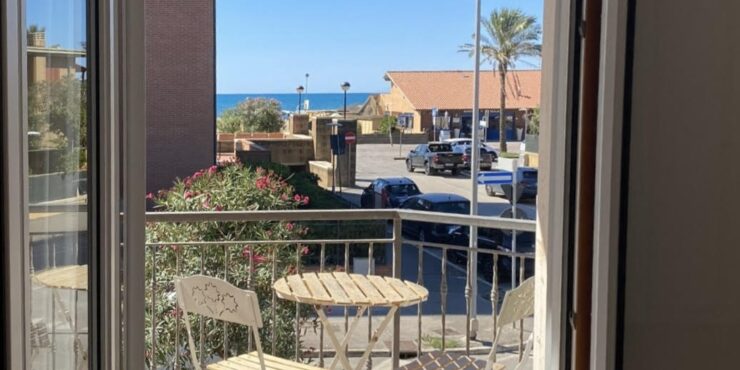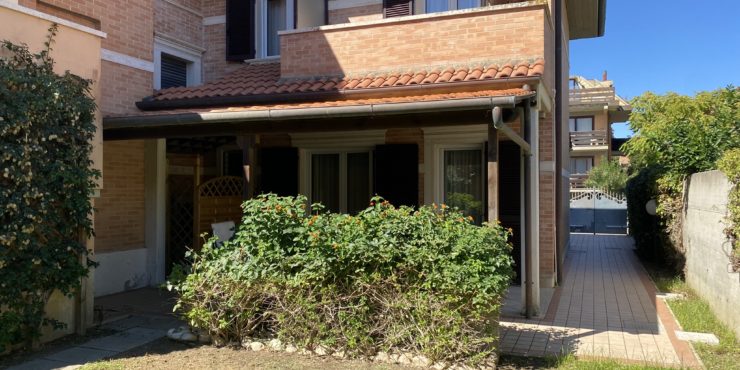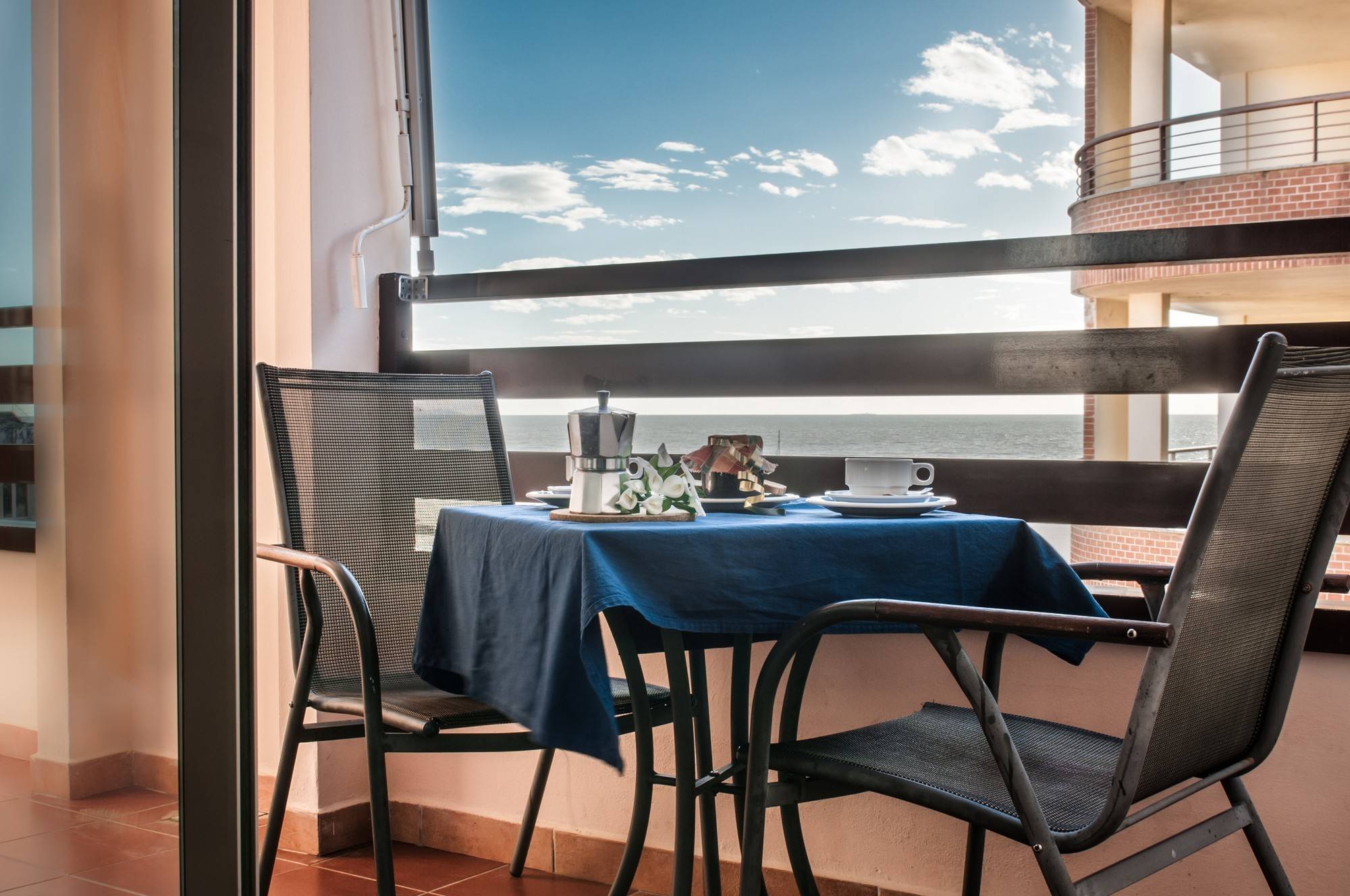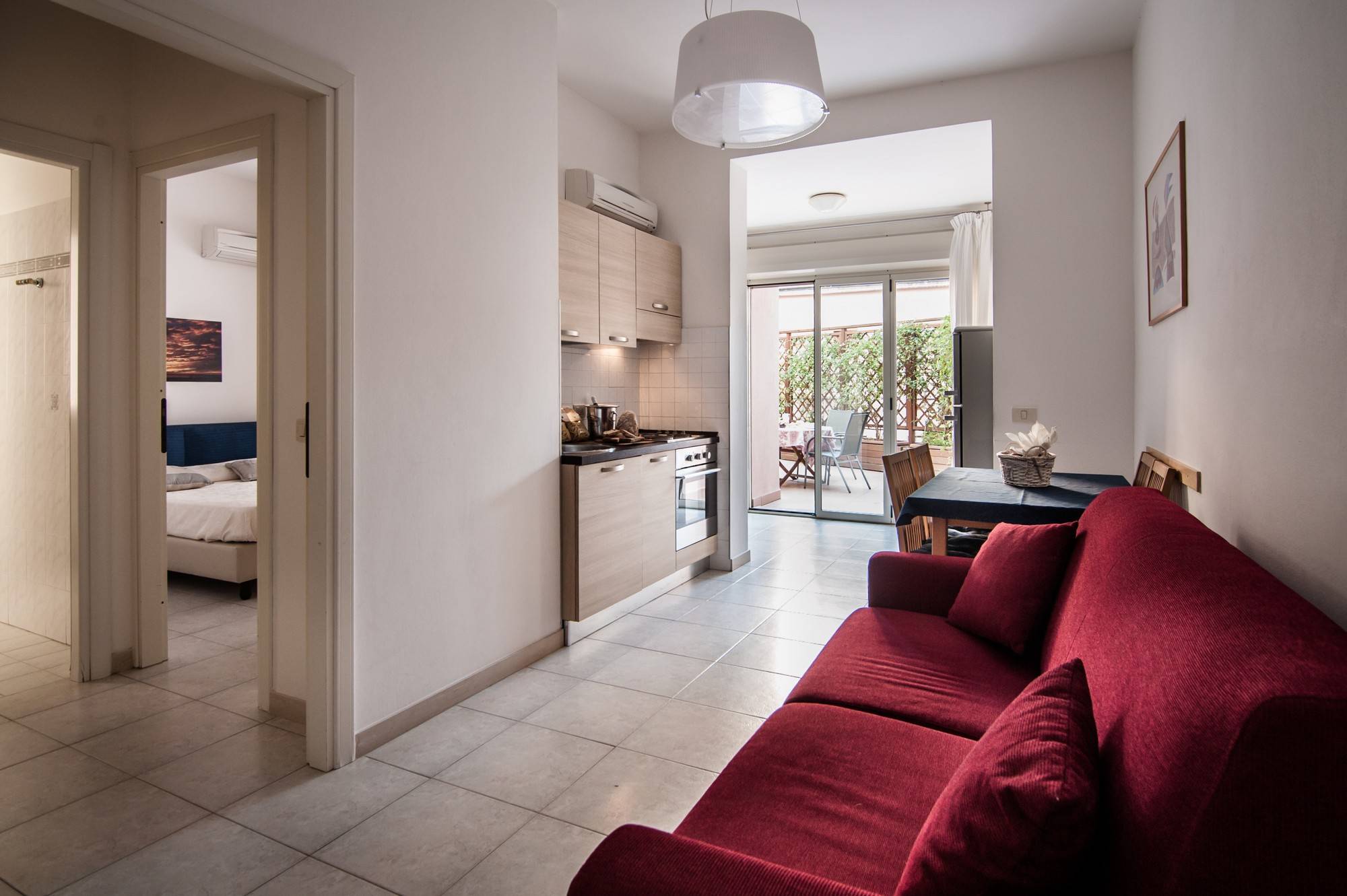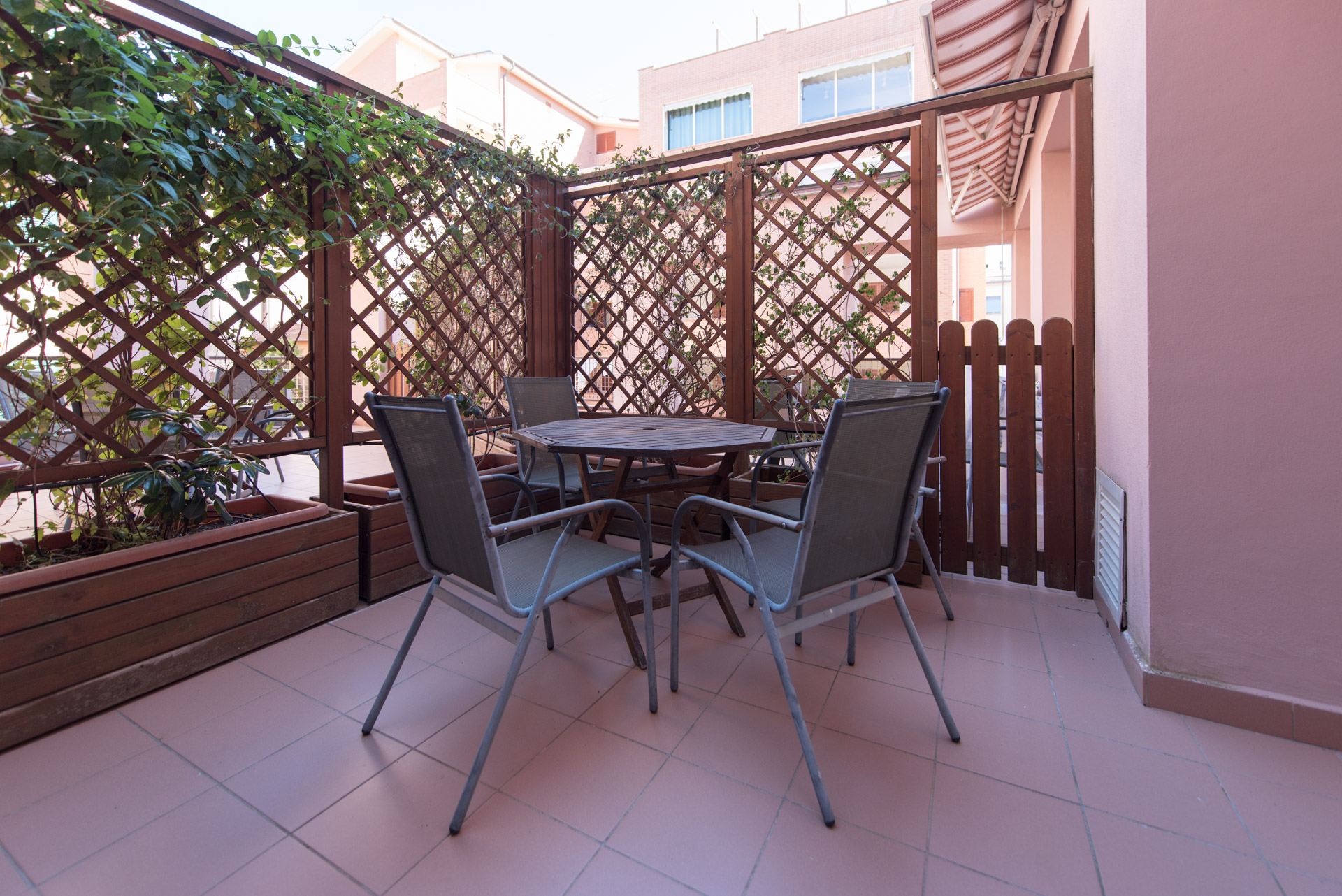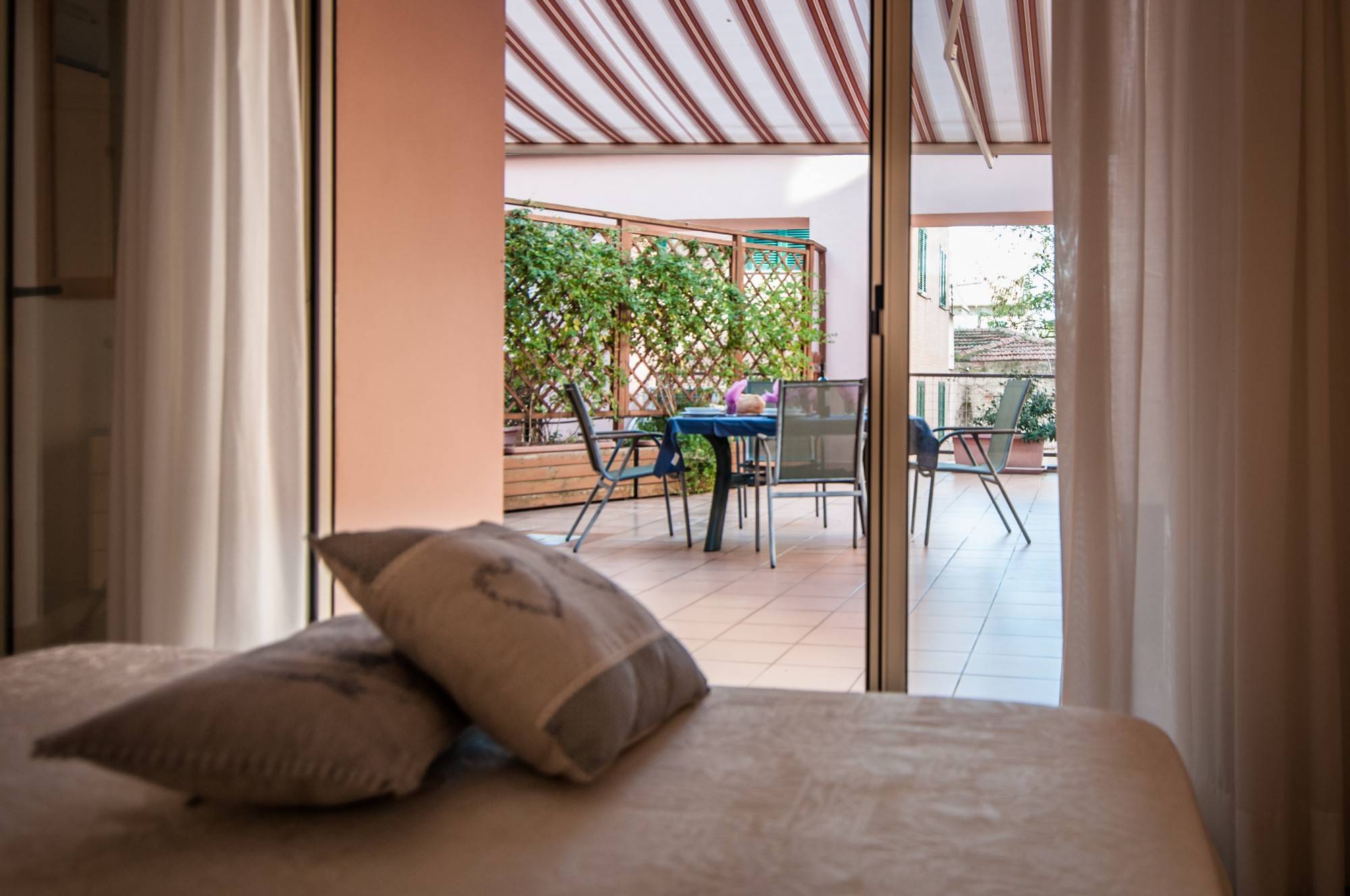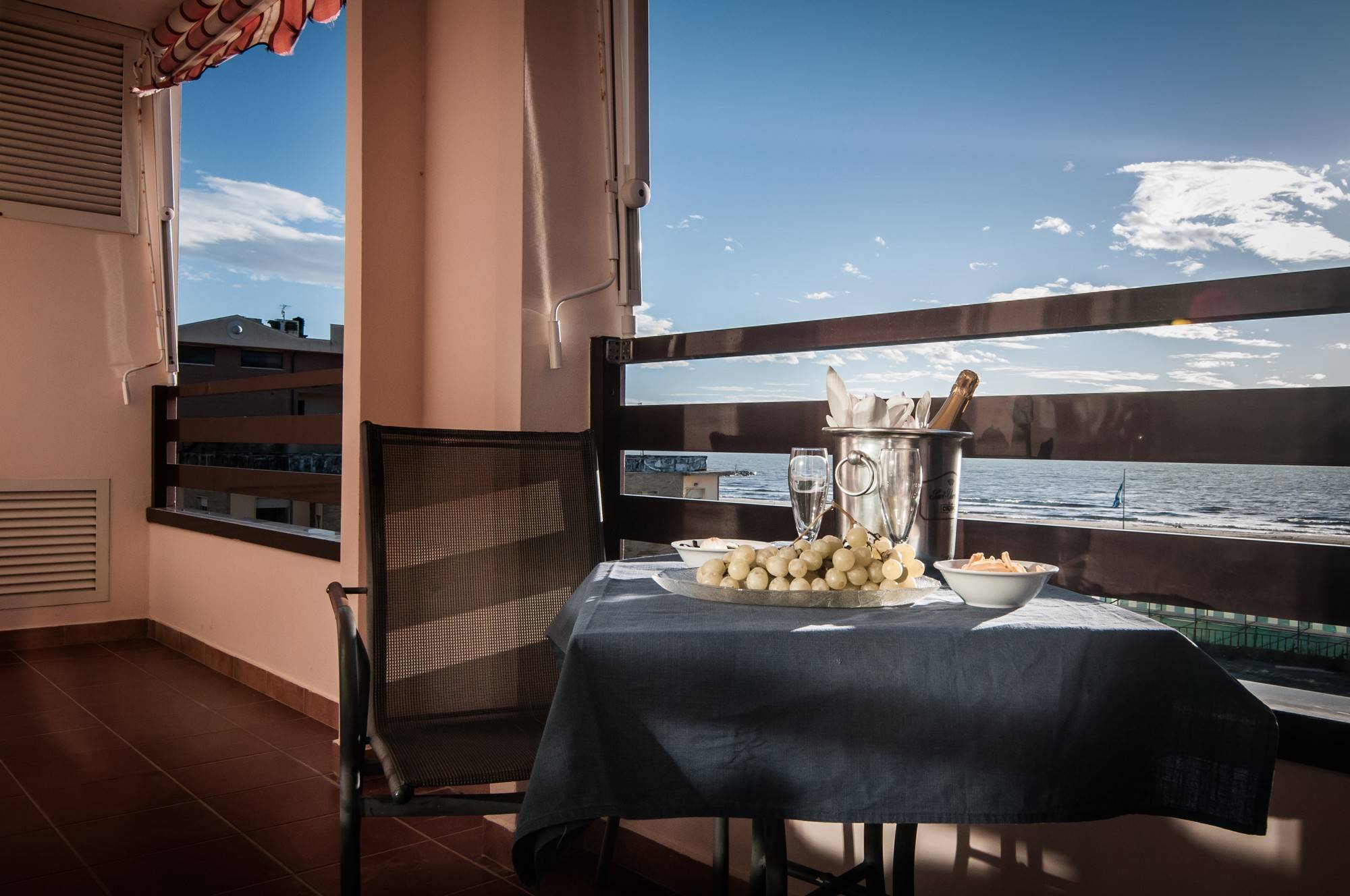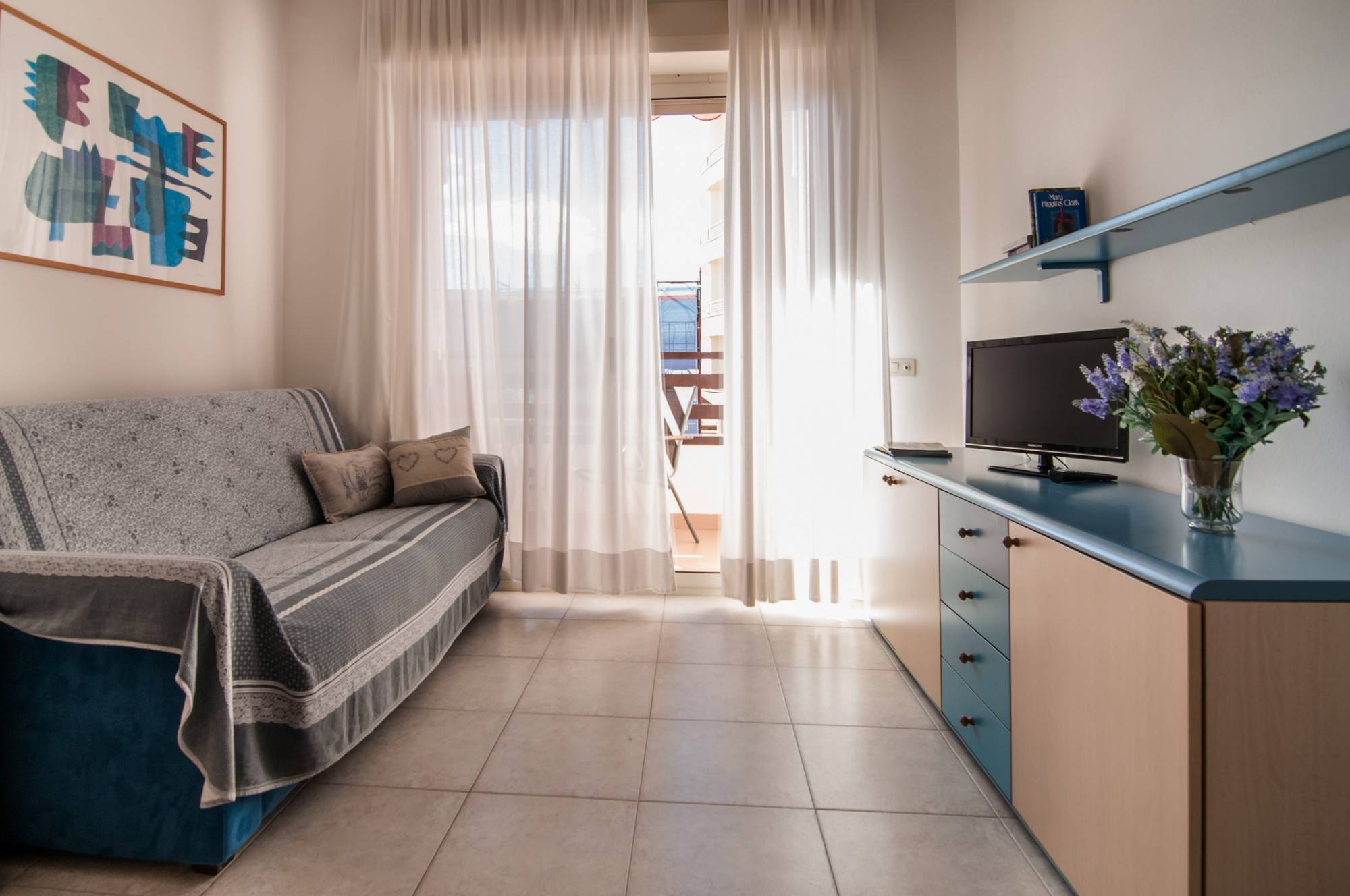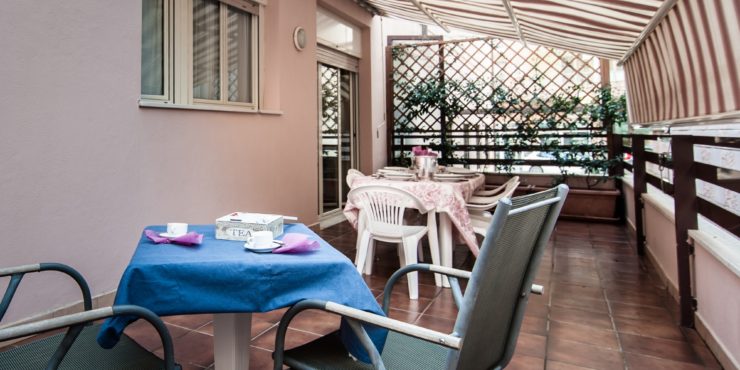TRAVEL WITH ETRUSCANS
NOT ONLY SEA… FOLLOWING ETRUSCANS’ FOOTSTEPS
The plan is setted up to assure to the guests the opportunity to visit unusual archeological sites. However it doesn’t rule out the most famous maremma’s history. You can travel on your own or lean on experts.
Info on http://www.leorme.com/
FIRST DAY: ROSELLE – ARCHEOLOGICAL MUSEUM OF GROSSETO
The first stage of the itinerary is Roselle. Urban excavation of the roman- Etruscan age, herculean walls and the forum, domus of mosaics, and the roman amphitheatre.
Lunch time: movin in Grosseto for the meal and a visit to the old town.
To deepen the local history, here is possible to visit the most important archeological museum in maremma.
SECOND DAY: VULCI
Visit to the recent excavations that are discovering much more information on the history and importance of the city.
|
The itinerary combines stunning gorge scenery and fascinating archaeological discoveries. A Roman road winds through the ruined temples and market place of Etruscan Vulci. Then on through holm oaks and wild olive trees to the stunning waterfall at Lake Pellicone, look out for kingfisher at the water’s edge.
The Castello della Badia (13th century) where the Museo Nazionale Vulcente, the National Archaeological Museum is located, stands on the verge of a plunging gorge where a wonderful ancient stone bridge, thePonte dell’ Abbadia (abbey bridge) spans the River Fiora at a height of 32 m. The bridge can be crossed on foot and affords a spectacular view of the Fiora river and the now heavily forested area of Vulci. |
The museum also has an extraorinary selection of bronze and ceramic objects such as curious hut-shaped urns, some beautiful samples of bid bucchero ware, mirrors and anatomieal ex voto objects.
The Tombs of Vulci date from the 8th Century B.C. The frescoes of one of its tombs, called the François Tomb after its discoverery, show early scenes from Etruscan history. These paintings, which date from the 4th-3rd century, were detached and taken to the Museo Torlonia in Rome. From other tombs came remarkable stone sculptures and imported Greek vases.
The Francois tomb is so named after its discovery in 1857 by Florentine archaeologist Alessandro Francois and French historian Adolphe Noël des Verges.
Thirth day: SOVANA E PITIGLIANO
Sovana, the ancient capital of the Aldobrandeschi, seems to be a corner frozen in a remote age, rich with history and artistic beauty that creates an deep and unforgettable impression. Sovana was one of the principal Etruscan cities and was reborn in the Middle Ages when it became the property of the Aldobrandeschi family, who built a magnificent castle here during the 11th century. The picturesque Pretorio Piazza is one of them and is today the heart of the town. Next to this lovely piazza are the Pretorio Palazzo, decorated with an array of coats of arms, the Bourbon Palazzo del Monte, and the Church of Santa Maria, the town’s oldest building and home to the curious Archivo Palazzetto.
From the Pretorio Piazza the two main streets divide heading in different directions only to be reunited once again at the feet of the magnificent Romanesque Cathedral.
The oldest church of Sovana is San Mamiliano, situated on the piazza, now in ruins. You can clearly see that it was built on top of a big roman building.
The Archaeological Area of Sovana is definitely one of the most interesting that the Etruscans have left us. The tombs are those of a group that lived near Suana between the VII and I centuries B.C. The oldest tombs are simple, with many loculi that lead to the hypothesis that they are the graves of shepherds who lived in small villages. The most beautiful funereal monuments date back to the beginning of the 3rd century BC, including the large Pola and the Ildebrando tomb, discovered in 1924, datingback to the second century BC and considered the most important monument of the necropolis, if not the most important Etruscan monument excavated to date.
The last stage of the day is Pitigliano, one of the most scenographic villages of Tuscany. In particular arriving from the direction of Manciano, along road n° 74, in correspondence of the curve in front of the church of the Madonna delle Grazie is a scenographic vision of the town that raise majestic on a tufaceous rock, between the torrents Lente and Meleta. The houses of the town are built on the edge of the cliff forming with it a sole body and a whole somewhat picturesque. The cliff of Pitigliano is encircled from three sides from ravines that are full of caves dug in the tufaceous rock.
FOURTH DAY: VETULONIA
Of Villanovan origin (8th century B.C.), Vetulonia was one of the richest and most powerful metropolises in Etruria, as can be deduced from the remains of the boundary wall – still visible in part between two mediaeval towers (Mura dell’Arce) – as well as by the extraordinary extent and richness of its necropolises (Poggio alla Guardia, Poggio alle Birbe, Poggio al Bello, Colle Baroncio, Poggio Valli, Le Dupiane, Poggio Pelliccia). Particularly worth seeing are the tombs known as Pietrera and Diavolino II.
Before entering the mediaeval village, where the new archaeological Museum is housed, the so-called “city” Excavations offer interesting finds of the 2nd-1st century B.C., whilst remains of buildings and mosaics that have surfaced in the area of “Le Banditelle” suggest the forum of Roman Veulonia was situated there.
